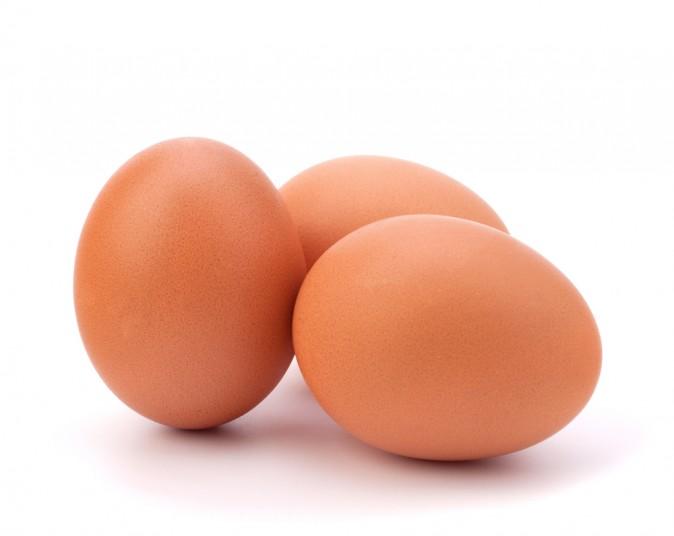If you have a kid, you are a kid, or you know a kid, you’ve likely heard of peanut allergies. You’ve also probably attended a school, camp, or party that’s a designated “peanut-free zone.” One question I often hear is, when did the whole anti-peanut thing happen? I know, we all grew up eating peanut butter-and-jelly sandwiches without a second thought.
About 1.5 percent of the population suffers from peanut allergies. Peanuts are by far the most common cause of anaphylaxis. (Anaphylaxis is a full-blown allergic reaction to a protein resulting from a previous exposure to it. It can affect the skin, respiration, the gastrointestinal tract, the heart, or the central nervous system. Some of you have likely experienced this.)
Though peanuts are a less allergenic food among children than milk or eggs, and only slightly more allergenic than wheat, the general reaction tends to be more severe.
Why So Many Peanut Allergies?
The answer is complex. There are underlying immune issues, the health of the digestive system, and the inability of the body to process a naturally occurring fungus that inhabits the peanut. That fungus produces a poison called an aflatoxin.
Aflatoxins are known carcinogens that can be quite a bit more toxic than DDT. That allergic reaction is a way for the body to tell us that it just can’t handle some aspect of that food. It’s the tip of the iceberg.
Peanuts are actually part of the vegetable family. They’re not a nut, but a legume. Peanuts grow in the ground, not on trees. Peanut butter was one of my last guilty pleasures. Yes, there are many benefits to peanut butter. Peanuts are high in protein (including the amino acid tryptophan) and a good source of B vitamins.
So why the guilt? Well, peanuts and their butters are difficult to digest—especially for anyone with a delicate digestive system or a compromised liver or gallbladder. They contain a high number of oxalates, which are naturally occurring chemical compounds found in certain plants and humans, but which can interfere with the body’s ability to absorb calcium if eaten in excess.
But it was those aflatoxins that were haunting me. And then my son tested positive for a peanut sensitivity (different from an allergy). The household prohibition of peanut butter was what finally thwarted my habit of surreptitiously eating peanut butter from the jar like others might dig into store-bought icing.
Luckily that doesn’t relegate us to boring and protein-deficient jelly sandwiches! There’s always almond or cashew butter. But there are also so many exciting nut and seed butter options available. A local Portland company makes one of my favorites, a hazelnut-hemp butter that, to me, tastes like a healthy Nutella. The inclusion of the hemp seeds brings a nice omega-3 balance into the mixture.
I also like to use seed butters. I’ll use tahini (sesame seed butter) in place of peanut butter in an Asian sauce for noodles or stir-fry, and sunflower butter in cookies and bars. It’s the sunflower butter that finally gave me the old satisfaction I would get from peanut butter. (Confession: I will eat it off of a spoon right from the jar.)
Below you’ll find some of my favorite peanut butter replacements as well as a perfect recipe for Pretend Peanut Butter Cookies. And if you choose to go peanuts, choose carefully. Look for organic peanut butters that contain only peanuts and don’t have additives like hydrogenated oils and sugars.
Andrea’s Preferred Nut Butter Options
• Wilderness Poets hemp butters and sprouted nut butters
• MaraNatha makes good sunflower butter (read labels carefully on other MaraNatha products as they sometimes contain sugar)
• Artisana makes good raw nut butters
Or you can make your own!
Pretend Peanut Butter Cookies
Makes about 20 small cookies
• 3 tablespoons water
• 1 tablespoon ground flaxseed meal
• 1 1/4 cups Bob‘s Red Mill Gluten Free All-Purpose Baking Flour
• 1 teaspoon baking powder
• 1/2 teaspoon salt
• 1/2 teaspoon xanthan gum
• 1/2 cup organic coconut oil
• 1 cup coconut sugar
• 1/2 cup sunflower seed butter
• 1/2 teaspoon vanilla extract
Preheat the oven to 375F and line two baking sheets with parchment paper.
In a small bowl, combine the water and flaxseed meal. Allow to thicken for 3 to 5 minutes.
In large bowl, whisk together the flour, baking powder, salt, and xanthan gum.
In the bowl of a stand mixer, cream together the coconut oil, coconut sugar, and sunflower seed butter. Scrape down the sides of the bowl, and then beat in the flaxseed mixture and the vanilla. Scrape down the sides of the bowl again. Stir in the dry ingredients until thoroughly combined.
Using a small ice cream scoop, drop the dough two inches apart onto the prepared sheets. Press the cookies down with the tines of a fork (dipped in coconut sugar) in the crisscross pattern characteristic of peanut butter cookies.
Bake the cookies for 10 to 12 minutes or until the edges are golden and the tops no longer look wet. Transfer the baking sheets from the oven to cooling racks and cool for 10 minutes. Then transfer the cookies directly onto the racks to cool completely.
Store the cookies in an airtight container at room temperature for up to five days, or freeze for up to three months.
Adapted from Allergy-Free Desserts.
With a career born of a personal family health crisis, functional nutritionist Andrea Nakayama takes the idea of food as personalized medicine beyond a clinical practice. Her online programs at ReplenishPDX.com and HolisticNutritionLab.com guide her clients in taking ownership over their health. [email protected].





